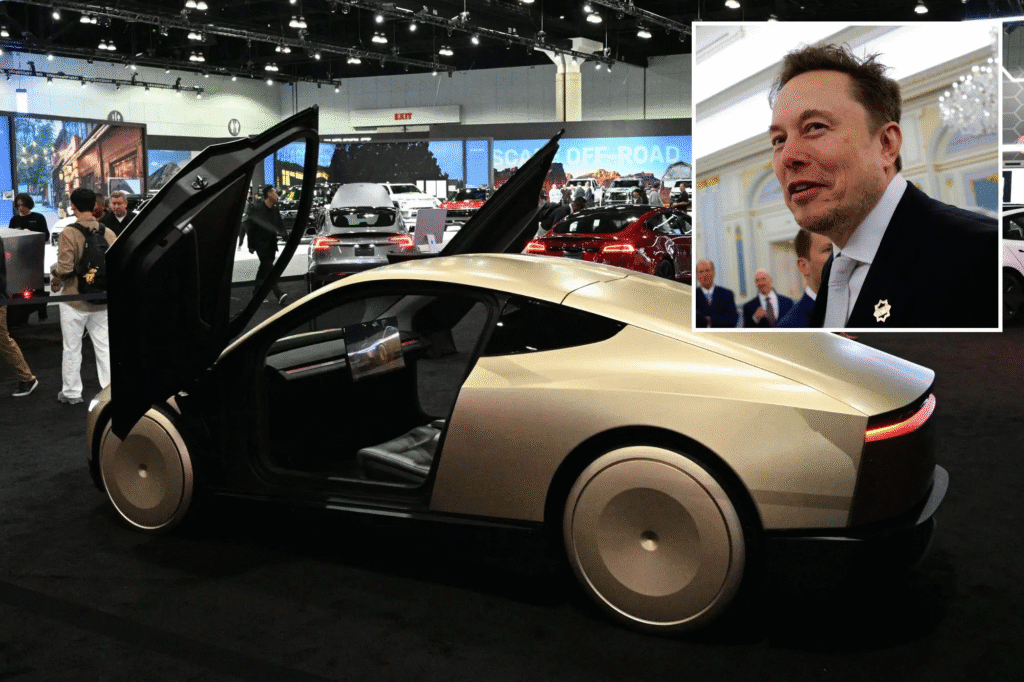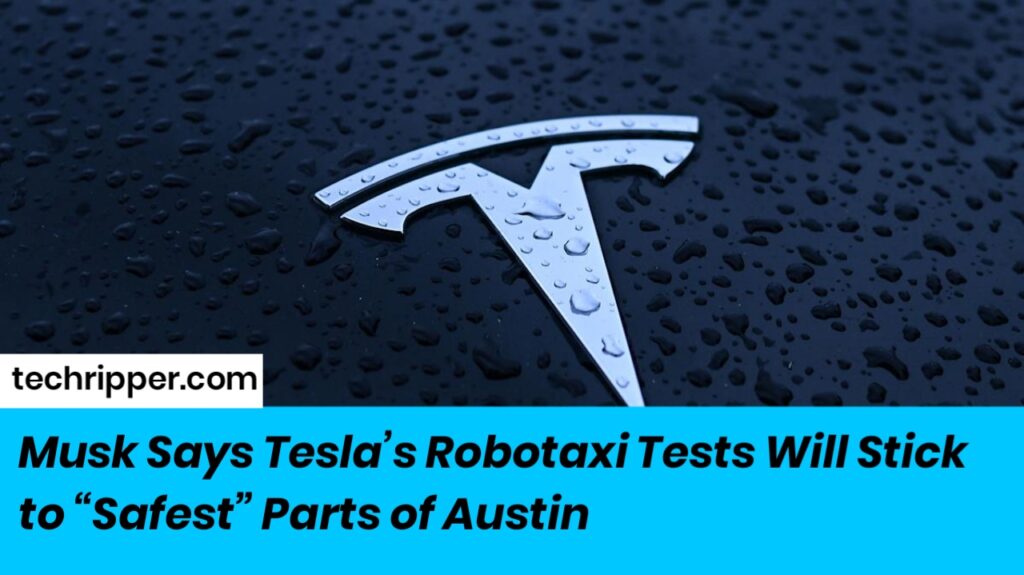Elon Musk has given us a peek behind the curtain on Tesla’s much-anticipated robotaxi tests coming to Austin next month. But don’t expect these self-driving cars to be roaming everywhere just yet. Musk says they’ll keep things tightly controlled — sticking only to the safest neighborhoods and routes.
He was clear about one thing: Tesla’s cars won’t take on tricky intersections unless they’re really confident they can handle them without a hitch. If not, they’ll simply avoid those spots. Musk called their approach “extremely paranoid,” which honestly sounds like a smart move. After all, it’s better to be cautious than reckless when you’re putting cars on public roads without anyone behind the wheel.
This “geofence” idea, which means the cars will only operate inside certain areas, is a bit of a change for Tesla. For years, Musk has talked about creating a self-driving system that could work anywhere — no boundaries, no human help. But now, it looks like they’re starting small and steady, testing the waters carefully.

At first, Tesla will roll out about 10 Model Y SUVs running their Full Self-Driving software — and here’s the kicker — no safety drivers inside. Instead, employees will be watching remotely, ready to step in if anything goes sideways.
This kind of remote monitoring isn’t new — companies like Waymo do it too, keeping an eye on their robotaxis from a control center and helping out when needed, without ever grabbing the wheel.
Musk also mentioned plans to expand tests to California and maybe other states later this year. It’s clear Tesla is still ambitious about robotaxis — just a bit more cautious about how fast they take the leap.
Also Read : Google Launches NotebookLM Apps for Android and iOS, Bringing AI-Powered Note-Taking On the Go

